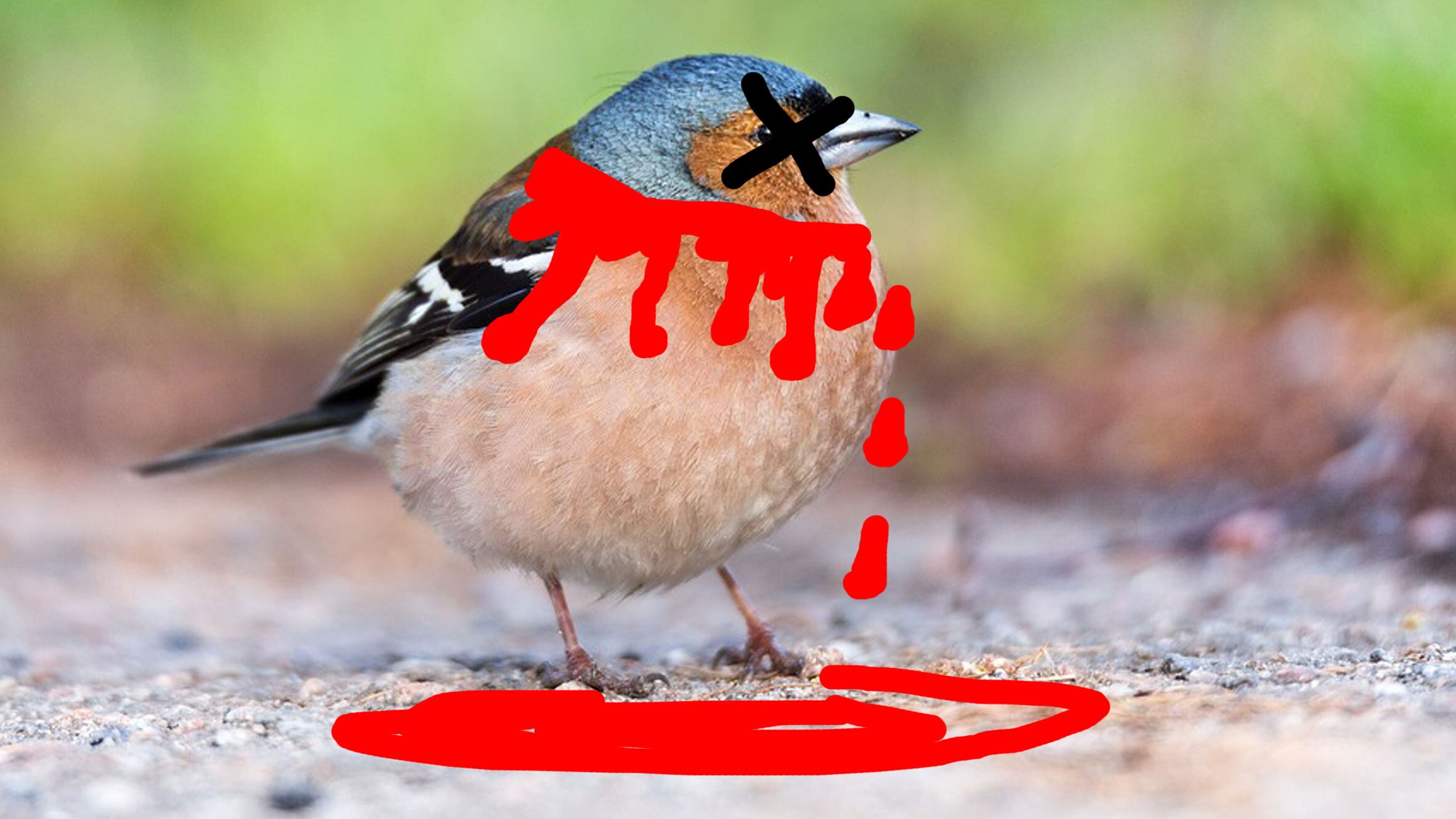The Audubon Society claims 1 billion birds are killed in the U.S. every year flying into buildings. I've worked downtown for 30 years and have never seen a single dead bird. I bet none of your 17 other readers has either. So what gives? —Ronn E.
I admire your canny, homespun suspicion, Ronn, but saying that birds don't fly into buildings because you haven't seen any dead ones is like saying there's no such thing as global warming because you once saw Al Gore wearing a sweater.
Even if there really were no dead birds, it wouldn't prove the Audubon Society was wrong. It would just prove that birds ar e immortal. Since that seems unlikely, we're left to conclude that dead birds happen, but they're difficult to find for some reason.
Perhaps—as one internet wag has suggested—most birds die while flying, so their bodies are still up in the air?
Well, no. Here's the thing about nature: It's a lot of fun to ride dirt bikes through, but actually being a part of it sucks. Very few birds (or other wildlife) have the luxury of dying of old age, surrounded by friends and family.
Instead, a bird's life is spent evading predators, having what appears to be profoundly unsatisfying sex, and raising ugly, hyper-demanding young. It's a lot like your life, really, except for the predators.
The point is, when a bird is slowed by age, illness or injury—like that suffered when flying into a building—it gets eaten by a predator. If it's killed outright, it's eaten by a scavenger (crows and seagulls have zero problem with this).
Even if the bird is somehow missed by those higher up the food chain, it won't be around long.
While songbirds may look lovely on the wing, they're really quite insubstantial, with hollow bones, minimal fat and thin skin, such that insects and bacteria can melt them away in about a day, like a Cheeto in the rain.
QUESTIONS? Send them to dr.know@wweek.com.
